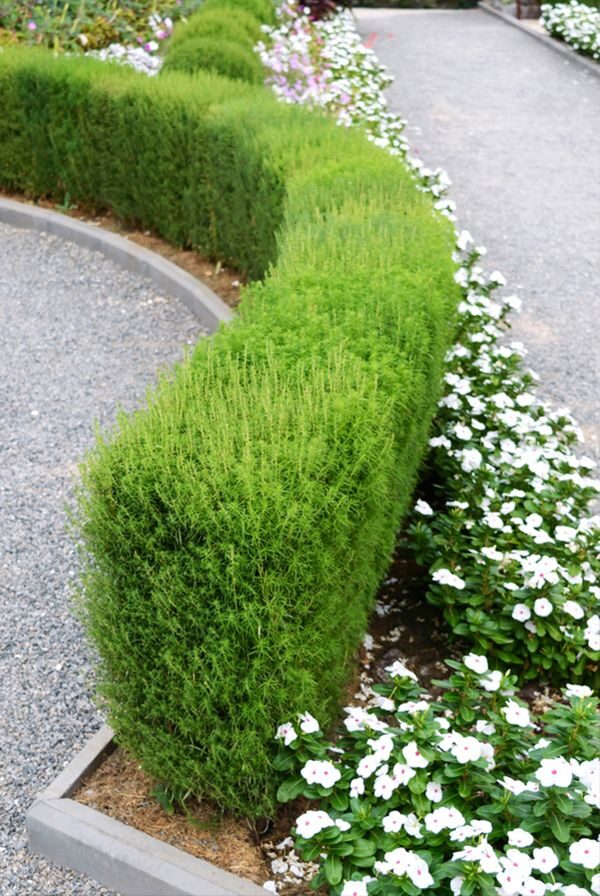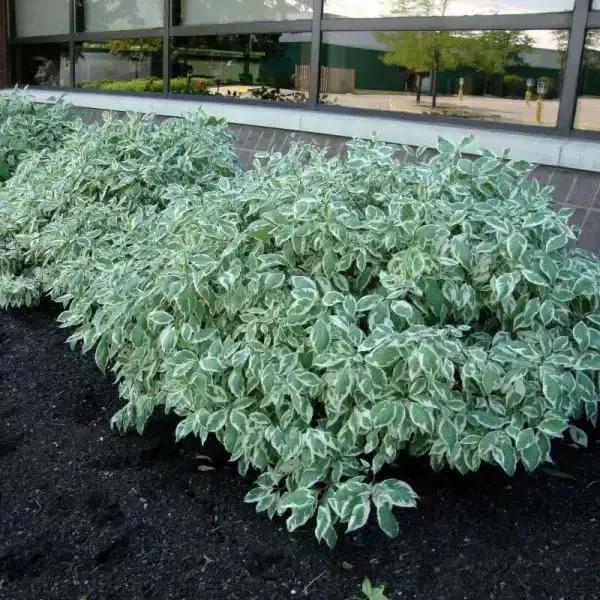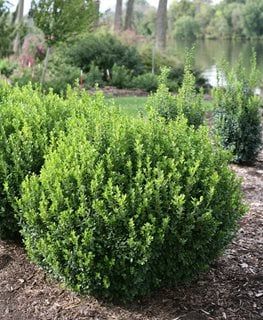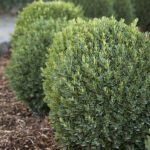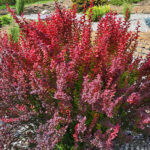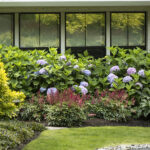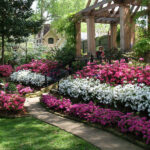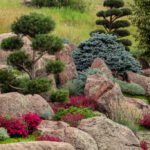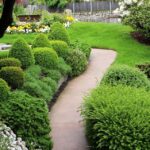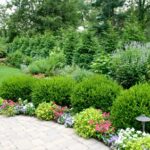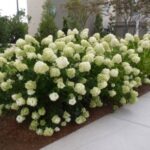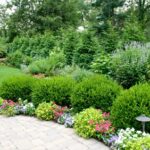Shrubs are an essential element in landscaping design, providing structure, texture, and color to outdoor spaces. These versatile plants come in a wide variety of shapes, sizes, and colors, making them suitable for a range of different garden styles.
One of the key benefits of using shrubs in landscaping is their ability to define and delineate different areas within a garden. For example, taller shrubs can be used to create privacy screens or to block unsightly views, while smaller shrubs can be used to edge pathways or define borders.
Shrubs are also useful for adding texture and visual interest to a garden. Different types of shrubs can have a variety of leaf shapes and colors, as well as interesting bark patterns. This can help to create a diverse and visually appealing landscape that changes throughout the seasons.
In addition to their aesthetic appeal, shrubs also offer practical benefits for landscaping. They can help to reduce erosion, provide habitat for wildlife, and serve as windbreaks. Some shrubs are also drought-tolerant or deer-resistant, making them low-maintenance options for gardeners.
When choosing shrubs for landscaping, it’s important to consider factors such as mature size, growth rate, and sunlight requirements. It’s also important to select shrubs that are well-suited to your local climate and soil conditions. Consulting with a landscaping professional can help you choose the right shrubs for your specific needs and preferences.
In conclusion, shrubs are an excellent choice for landscaping projects, offering a wide range of benefits for both aesthetic and practical purposes. With their versatile nature and wide array of options, shrubs can help to create a beautiful and functional outdoor space that will be enjoyed for years to come.
